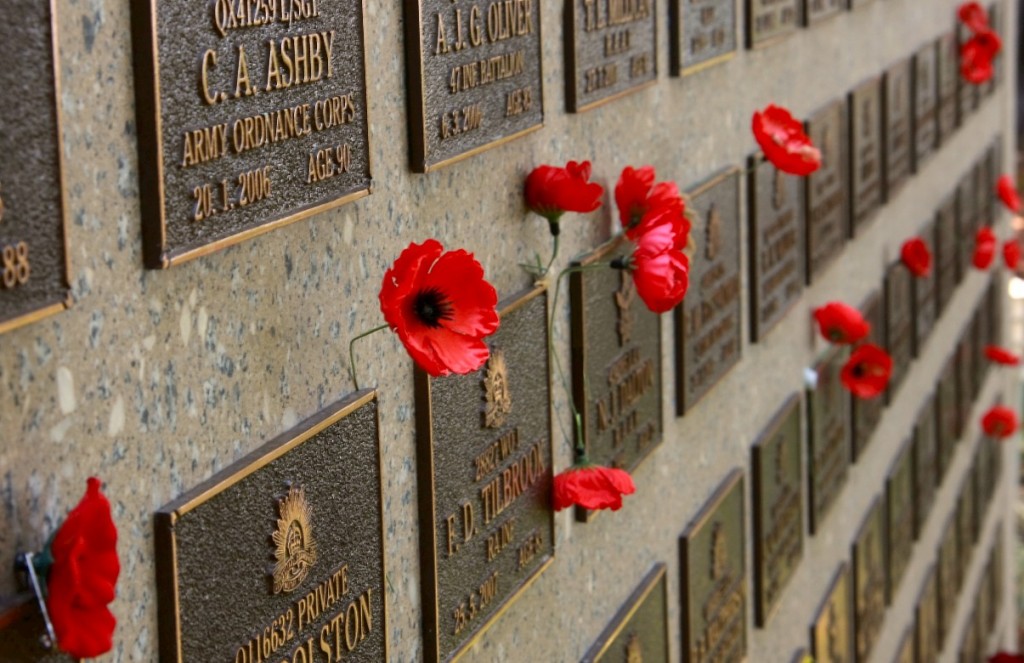The History of the Red Poppy
This Monday is much more than a day off from the office, it is a day to remember those who lost their lives fighting for our country. In appreciation and remembrance of these men and women many of us nationally and internationally wear a red poppy. Ever wonder where the red poppy came from? We wanted to dive a little deeper this Memorial Day and give you a history lesson!
In 1915 a 22 year old man of the Canadian Artillery was killed by a German gunman. His Lieutenant colonel and friend wrote this now famous poem to display on his grave.
In Flanders fields the poppies blow
Between the crosses, row on row,
That mark our place; and in the sky
The larks, still bravely singing, fly
Scarce heard amid the guns below.
We are the Dead. Short days ago
We lived, felt dawn, saw sunset glow,
Loved and were loved, and now we lie
In Flanders fields.
Take up our quarrel with the foe:
To you from failing hands we throw
The torch; be yours to hold it high.
If ye break faith with us who die
We shall not sleep, though poppies grow
In Flanders fields.
In response to "Flanders Fields" Moina Michael wrote her own poem that same year.
We cherish too, the Poppy redThat grows on fields where valor led,It seems to signal to the skiesThat blood of heroes never dies.
"She was the first to wear one, and sold poppies to her friends and co-workers with the money going to benefit servicemen in need. Later a Madam Guerin from France was visiting the United States and learned of this new custom started by Ms. Michael. When she returned to France she made artificial red poppies to raise money for war orphaned children and widowed women. This tradition spread to other countries. In 1921, the Franco-American Children’s League sold poppies nationally to benefit war orphans of France and Belgium. The League disbanded a year later and Madam Guerin approached the VFW for help.
Shortly before Memorial Day in 1922 the VFW became the first veterans’ organization to nationally sell poppies. Two years later their “Buddy” Poppy program was selling artificial poppies made by disabled veterans. In 1948 the US Post Office honored Ms. Michael for her role in founding the National Poppy movement by issuing a red 3 cent postage stamp with her likeness on it."



